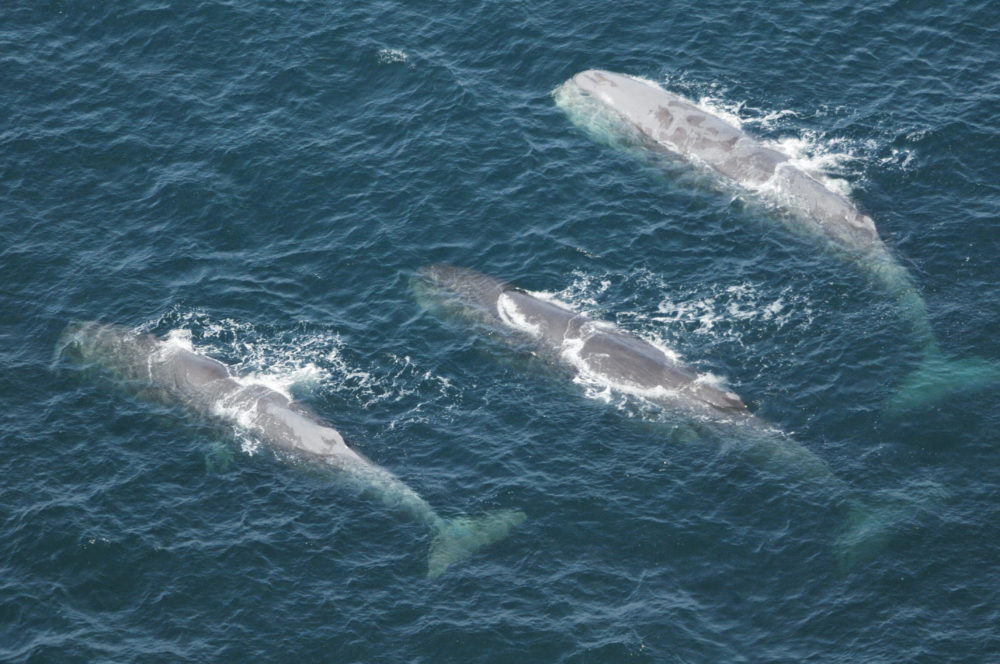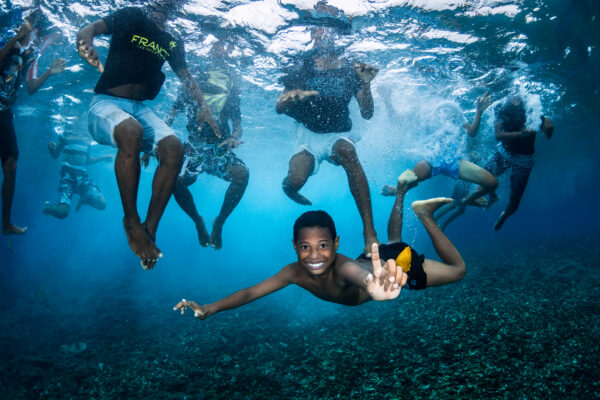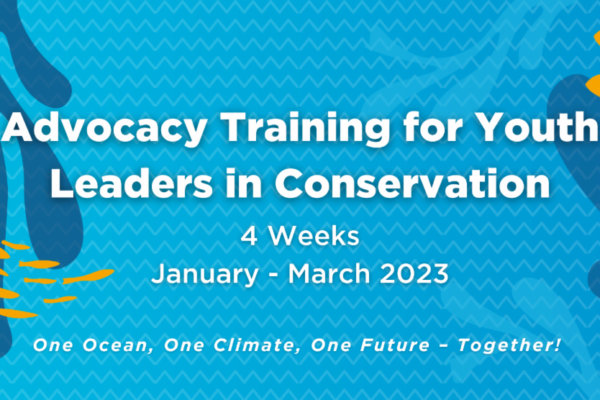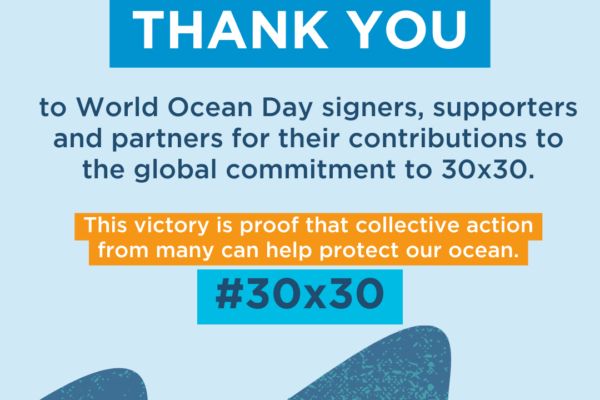Image thanks to Kelsey Stone.
Our ocean finally gets a High Seas Treaty! This past weekend, nations agreed on language to protect the world’s biodiversity in international waters of the ocean, a vast area that covers nearly half the planet’s surface. The High Seas, a vast area of our blue planet also known as “Areas Beyond National Jurisdiction”, include all the ocean waters and seafloor beyond 200 nautical miles from shore (within 200nm, coastal countries have “Exclusive Economic Zones” that they have jurisdiction over and manage). Once ratified, the High Seas Treaty – sometimes referred to the BBNJ Treaty – will be a legally binding instrument for conservation and sustainable use of marine biological diversity of areas beyond national jurisdiction (BBNJ).
After nearly two decades of talks, this is a huge breakthrough!
UN Secretary-General Antonio Guterres stated that the treaty will be “crucial for addressing the triple planetary crisis of climate change, biodiversity loss and pollution.”
Monica Medina, United States Assistant Secretary of State for Oceans and International Environmental and Scientific Affairs said that “Today the world came together to protect the ocean for the benefit of our children and grandchildren. We leave here with the ability to create protected areas in the high seas and achieve the ambitious goal of conserving 30 per cent of the ocean by 2030.”
And as Kristina Gjerde, Senior High Seas Advisor to the IUCN for more than 20 years, stated, “It’s an important moment for the ocean and humankind! The UN BBNJ Agreement gives new hope for multilateral solutions to global problems that no one nation can solve alone.”
Congratulations to all who, for over a decade, have tirelessly worked to get to this point. A special shout out to those who pushed this over the finish line these last few weeks, as well as to the Youth Ambassadors at the High Seas Alliance and other youth leaders whose voices have been so important in this process and will be increasingly important in the months and years ahead!
Onward for 30×30!
Following closely on the heels of the historic UN Biodiversity Conference in Montreal this past December – where nations of the world agreed to 30×30 (to protect at least 30% of our lands, waters, and ocean by 2030) as part of the Kunming-Montreal Global Biodiversity Framework – the High Seas Treaty demonstrates really significant momentum!
With the Montreal agreement, nations committed to protect 30% of areas under their own jurisdiction and with this new treaty, the world’s nations agreed to designate 30% of the world’s international waters as protected areas by 2030.
Regarded for far too long as “out of sight and out of mind”, this vast and largely unmanaged area and its huge diversity of life are largely unprotected and vulnerable to exploitation. This part of our world ocean is home to deep sea corals, whales, fishes, and a huge variety of other wildlife that have been exploited as a “limitless” resource for far too long. Major threats include climate change (the ocean has absorbed 90% of the world’s excess heat) and rampant overfishing (at least one-third of the world’s assessed fisheries are pushed beyond their biological limits), as well as shipping traffic; deep sea mining; plastics, chemical and other pollution.
Considering that the ocean regulates the climate, produces approximately half of all the oxygen we breathe, and that fish from the ocean are a major source of protein for billions of people, it’s high time to take responsibility for protecting and properly managing the High Seas. Quite simply, we need a healthy ocean to survive and thrive.
A key question now is the next steps, namely how well and how soon the ambitious treaty will be implemented. Countries must formally adopt the treaty and ratify it as quickly as possible so we can move forward together to protect at least 30% of the ocean.
We look forward to collaborating with you to help generate public pressure on corporations and government leaders to do the right thing and make sure nations follow through on this global commitment.
Let’s keep up the great collaborative advocacy for the implementation of policies and programs – like the High Seas Treaty – to reach the 30×30 goal! To help, make sure you’re on our email list/s and watch for more resources related to 30×30 – which for a fourth straight year will be the Conservation Action Focus for World Ocean Day 2023 – for you and others to use as you wish to help achieve 30×30 in the country where you live and for the High Seas! Thank you in advance!




